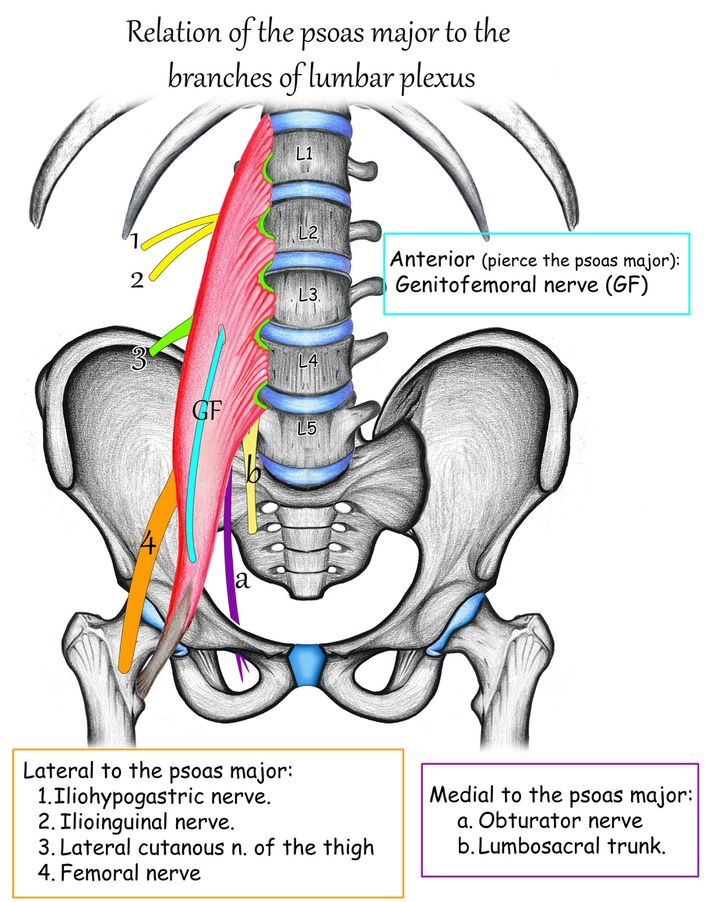Welcome, my friends!
If you’re here, you’re the kind of therapist who’s always chasing that next level of skill, the sweet spot where science meets art, and your hands become precision tools for better client outcomes. In my experience, every hour you invest in refining your craft pays off big: happier clients, healthier bodies on your table, and a more fulfilling, profitable practice overall. Wondering how to tackle those stubborn, elusive conditions? Let’s jump in and see what the Manual Massage Alignment approach can do for you.
If you’re here, you’re the kind of therapist who’s always chasing that next level of skill, the sweet spot where science meets art, and your hands become precision tools for better client outcomes. In my experience, every hour you invest in refining your craft pays off big: happier clients, healthier bodies on your table, and a more fulfilling, profitable practice overall. Wondering how to tackle those stubborn, elusive conditions? Let’s jump in and see what the Manual Massage Alignment approach can do for you.
Example Curriculum
- SI Joint Realignment: Chapter One: Lower Cross Syndrome (11:38)
- SI Joint Realignment: Two: Anterior Pelvic Tilt And Lateral Tilt Defined (2:32)
- Si Joint Realignment: Three: Hip Imbalances and Their Influences on the Feet (2:32)
- Si Joint Realignment: Four: Hamstrings Under Fire
- SI Joint Realignment: Five: Why the Glutes Matter More Than You Think (9:37)
- SI Joint Realignment: Six: Uncovering the Pelvic Puzzle Ischial Tuberosity (7:56)
- SI Joint Realignment: Seven: Calming the Nervous System: A Manual Massage Perspective Nerve Health and Hip Mechanics (3:20)
- Si Joint Realignment: Eight: Right Anterior-Left Posterior Pelvic Torsion and Its Impact on Gait (8:52)
- SI Joint Realignment: Nine: Pelvic Tilt and Ilium Rotation Foundations of Posterior Distortion (3:54)
- SI Joint Realignment Ten: The Impact of Prolonged Pelvic Tilts on Key Muscles and Structures (9:00)
- SI Joint Realilgnment: Eleven: Psoas and External Obliques in Prolonged Anterior-Lateral Pelvic Tilt and Rotation Patterns (3:16)
- SI Joint Realignment: A Massage Therapist's Approach to Back Pain Final Exam
- NCBTMB AP 1000799 12.5 CEUs
To overcome these barriers, therapists should adopt a systematic, anatomy-based evaluation process. As Mark Senzig explains, comprehensive physical assessment is the critical core of the practitioner’s success in treating pain; it provides a foundational understanding of the client’s condition and guides all treatment decisions. In practice, this means using tools such as posture and gait analysis, palpation, range-of-motion tests, resisted movements, and specific orthopedic maneuvers to pinpoint the exact structures and biomechanical forces responsible for the client’s complaints. Even mastering the basics of orthopedic assessment can substantially improve results: as Senzig also observes, learning these skills will nearly guarantee better results and more satisfied clients


SI Joint realignment: A massage therapist's approach to back pain
Mark Senzig, BCTMB, MMT, CMT, is a National Board-Certified Massage Therapist and educator whose work bridges evidence-informed biomechanics with hands-on clinical practice.
Example Featured Products
Showcase other available courses, bundles, and coaching products you’re selling with the Featured Products block to provide alternatives to visitors who may not be interested in this specific product.


